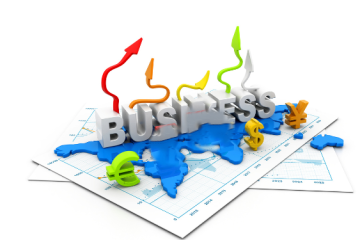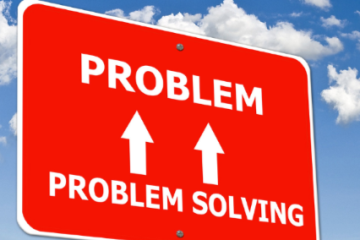It’s the 20th of the month and are you able to tell how profitable your company will be at month-end? If not, you may not be measuring the right stuff! Continuous measurement of key business drivers, also known as metrics, is critical in high performing 21st century companies. When the financial statements are published, they confirm what astute management already knew.

The hardest measure for most firms is the sales pipeline and the timing for sales to close. This is best addressed by breaking down the sales process into stages as many CRM systems do. You should measure how much prospect activity you have and how it is progressing through the sales funnel. What percentage make it to first meeting? What percentage make it to proposal? What percentage make it to negotiation? And what percentage close? These are all key measures or KPIs (Key Performance Indicators). Also, how long does each stage take and how long is the total sales cycle? These are metrics that can measured, should be measured and continually tracked weekly.
The expense side of the equation is more predictable and has less variance for most business. Time reporting systems will alert you to rising overtime or abnormal labor trends and can be measured daily or weekly. Commodity supply costs can be estimated and go into inventory before becoming part of cost of goods creating a time lag before significant cost changes show in the financials. A delivery business will see the cost of fuel move faster if they buy at retail and do not inventory fuel that creates a buffer.
We know of a few companies that have a well-defined 75 day rolling financial forecast. They update at the 20th of the month for the current month, the next month out and the second month out. Usually they can predict current month profitability within plus or minus 10%. The next two months give them insight into cash needs and adjusting inventory balances proactively.
Reverse engineer your business to confirm what events and processes drive your business operating results. In other words, closely examine who and what drive revenues and expenses. Find out where the big costs lie that can be managed quickly. Determine where you are in the sales cycle and when customers are going to buy. If your customers are on contract or you price on a SaaS model, know when customers are leaving as well as when new ones may buy.
We have seen many very successful companies that manage by the numbers and several unsuccessful companies that did not manage the numbers. Numbers tell you a lot about your best customers, best sales staff, key operating processes, best performing people, and most satisfied customers. Knowledge is profit!
If this process sounds too complex for you, don’t put it off. Just call us and we can help you define your needs. We do this analysis all the time and we get you started at no cost.


